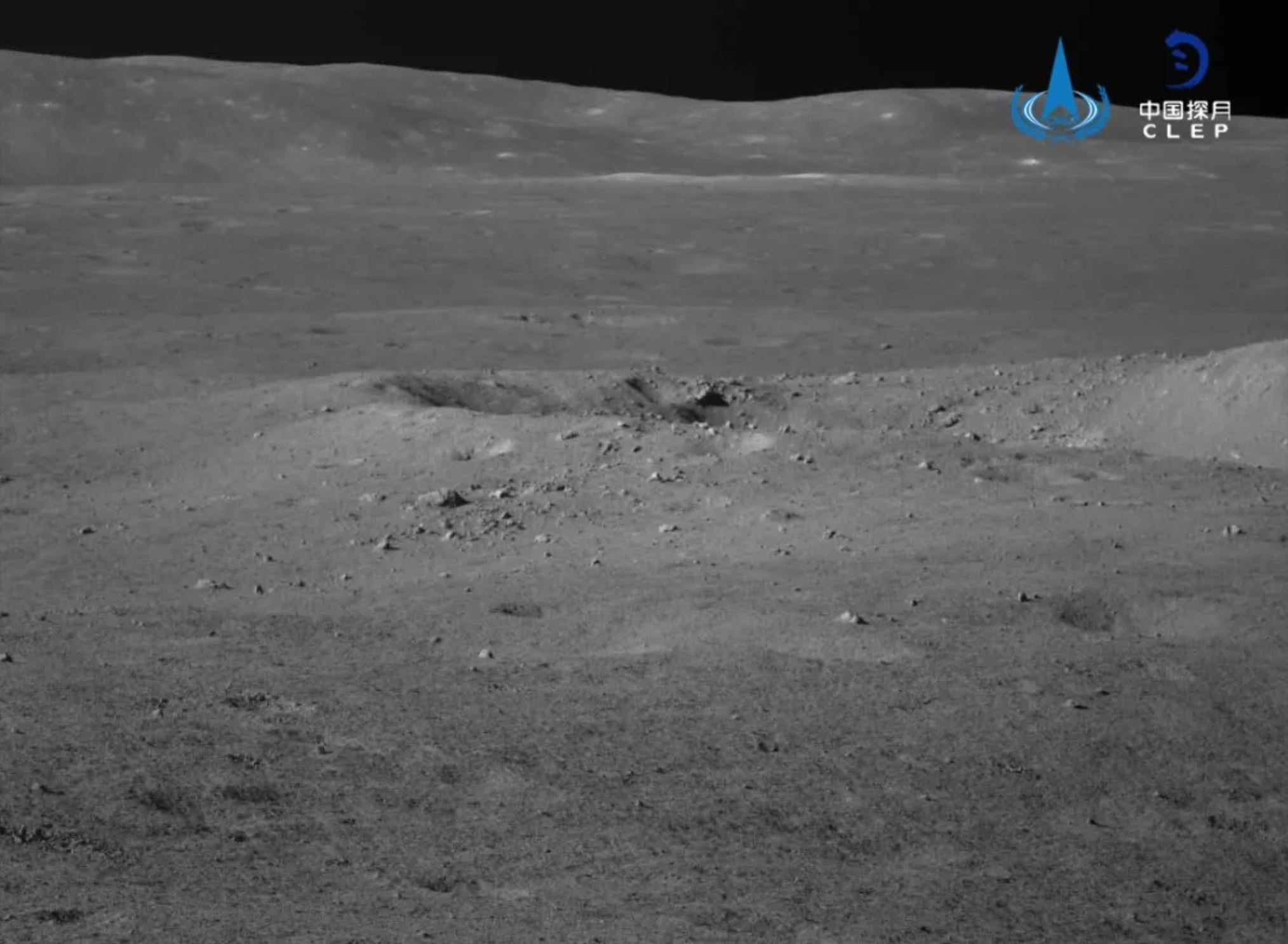China's Chang'e 4 lander and rover complete 15th lunar day on moon's far side
China's Chang'e 4 mission has completed its 15th lunar day of work on the far side of the moon.
The lander and Yutu 2 rover, which have now driven a total of 1,312 feet (just under 400 meters) on the lunar surface, powered down on March 1, hours ahead of sunset over their position in Von Kármán crater.
All of the science instruments on both spacecraft are in good condition, according to the China Lunar Exploration Program (CLEP). One of the instruments, Yutu 2's ground-penetrating radar, last week provided a first look below the surface of the moon's far side.
Related: Chang'e 4 in pictures: China's mission to the moon's far side
The two solar-powered spacecraft had started their activities for lunar day 15 on Feb. 17. Yutu 2 covered 106 feet (32.54 m) during the lunar day (which lasts about two weeks), following a preset plan to move northwest and then southwest.
This is the farthest the rover has covered in a lunar day since the 108 feet (33.13 m) it traveled during lunar day 8, in July and August 2019. This suggests the rover is still performing well, despite the harsh conditions on the lunar surface.
Li Chunlai, deputy director of the National Astronomical Observatories of China (NAOC), told the state-run news outlet CCTV+ that the team is looking at reaching new areas to advance understanding of the history and geology of the region — if the rover can hold out for another year.
Breaking space news, the latest updates on rocket launches, skywatching events and more!
"If [Yutu 2] can enter a basalt zone, maybe we can better understand distribution and structure of ejecta from meteorite impacts. The distance may be 1.8 kilometers. I think it may take another one year for the rover to walk out of the ejecta-covered area," Li said.
Chang'e 4 marked the first anniversary of its historic landing in Von Kármán Crater, within the gigantic South Pole-Aitken basin, in January. China then released a huge batch of amazing high-resolution images covering the first year of the mission.
Communication between teams in China and the spacecraft on the far side of the moon, which never faces the Earth, is facilitated by the Queqiao relay satellite, which operates in a halo orbit around a special point beyond the moon.
Queqiao will switch its focus to low-frequency astronomy testing and observations while the Chang'e 4 lander and Yutu 2 wait out the two-week-long lunar night.
The three radio antennas of the Netherlands-China Low Frequency Explorer will be listening for signals from a mysterious period early in the universe's history.
The Chang'e 4 lander and Yutu 2 are expected to awaken for a 16th lunar day around March 17, following sunrise over Von Kármán crater.
- What's up with that rock? China's moon rover finds something strange on the far side.
- China on the moon! A history of Chinese lunar missions in pictures.
- NASA probe spots China's Chang'e 4 lander on far side of the moon (photo)
Follow Andrew Jones at @AJ_FI. Follow us on Twitter @Spacedotcom and on Facebook.
OFFER: Save at least 56% with our latest magazine deal!
All About Space magazine takes you on an awe-inspiring journey through our solar system and beyond, from the amazing technology and spacecraft that enables humanity to venture into orbit, to the complexities of space science.

Andrew is a freelance space journalist with a focus on reporting on China's rapidly growing space sector. He began writing for Space.com in 2019 and writes for SpaceNews, IEEE Spectrum, National Geographic, Sky & Telescope, New Scientist and others. Andrew first caught the space bug when, as a youngster, he saw Voyager images of other worlds in our solar system for the first time. Away from space, Andrew enjoys trail running in the forests of Finland. You can follow him on Twitter @AJ_FI.




